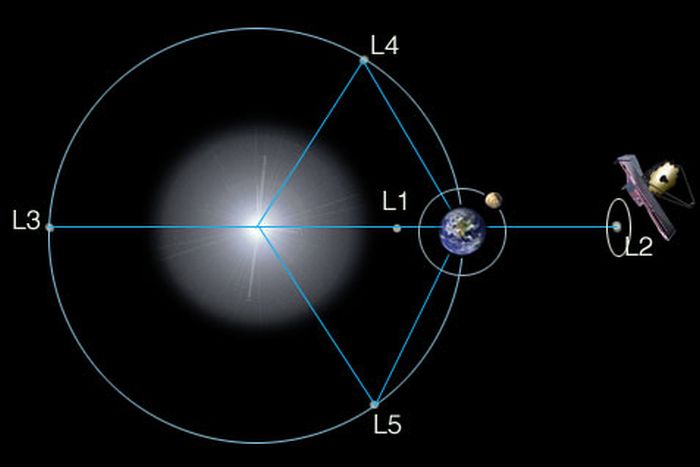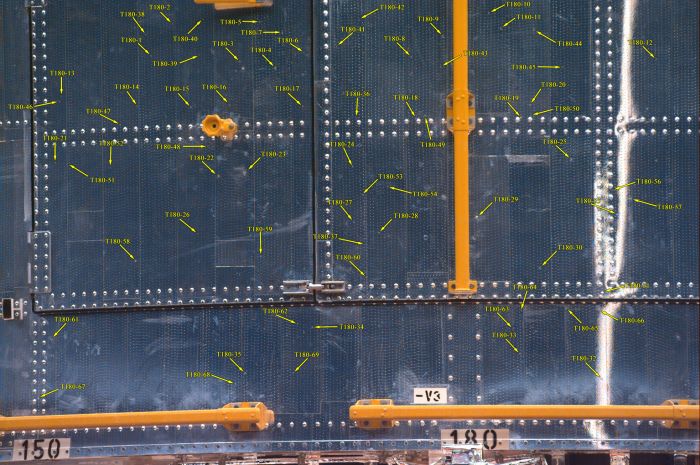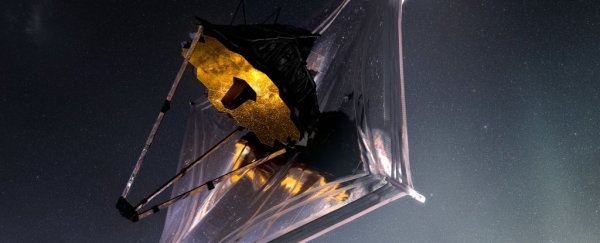In its new home far from Earth, the James Webb Space Telescope maybe isn't quite as alone as it seems.
The pocket of space occupied by the telescope isn't a total vacuum – and now the inevitable has happened, with a tiny piece of rock, a micrometeorite, colliding with one of Webb's mirror segments.
But there's no need to panic. The engineers that built the telescope are extremely cognizant of the rigors of space, and Webb has been carefully designed to withstand them.
"We always knew that Webb would have to weather the space environment, which includes harsh ultraviolet light and charged particles from the Sun, cosmic rays from exotic sources in the galaxy, and occasional strikes by micrometeoroids within our Solar System," says engineer and technical deputy project manager Paul Geithner of NASA's Goddard Space Flight Center
"We designed and built Webb with performance margin – optical, thermal, electrical, mechanical – to ensure it can perform its ambitious science mission even after many years in space."
 Webb's position in L2. (NASA)
Webb's position in L2. (NASA)
Webb occupies a region 1.5 million kilometers (just under 1 million miles) from Earth called L2.
It's what is known as a Lagrange or Lagrangian point, where the gravitational interaction between two orbiting bodies (in this case, Earth and the Sun) balances with the centripetal force of the orbit to create a stable pocket where low-mass objects can be "parked" to reduce fuel consumption.
This is very useful for science, but these regions can collect other things, too.
Jupiter, for example, has swarms of asteroids sharing its orbit in two of the Lagrange points it shares with the Sun. Other planets also have asteroids in their Lagrange points, albeit rather fewer than Jupiter.
It's unclear exactly how much dust L2 has collected, but it would be foolish to expect that the region had not collected any at all.
So, Webb was specifically engineered to withstand bombardment from dust-sized particles traveling at extremely high speeds. Not only did the design of Webb involve simulations, the engineers conducted test impacts on mirror samples to understand what the effects of the space environment might be, and attempt to mitigate them.
Impacts can move mirror segments, but the telescope has sensors to gauge its mirror positions, and the ability to adjust them, to help correct for any distortions that may result.
Mission Control here on Earth can send adjustments to Webb, too, to place the mirrors back where they should be. Its optics can even be turned away from known meteor showers in advance.
And Webb was built with massive error margins, so that the physical degradation that is expected over time will not bring the mission to a premature end.
 Orbital debris impact damage to Hubble panels returned to Earth after a service mission. (NASA)
Orbital debris impact damage to Hubble panels returned to Earth after a service mission. (NASA)
It's likely in a better position than Hubble, which, in low-Earth orbit, has been subject not just to micrometeorite impacts, but a constant bombardment of space debris.
Unlike Hubble, however, the distance to Webb means that technicians will not be able to physically visit and conduct repairs. (Not that Hubble has been serviced recently; the last such mission was in 2009, and it won't be receiving another.)
The micrometeoroid that struck the telescope – sometime between 23 and 25 May – was a random event. The impact was, however, larger than expected, which means it represents an opportunity to better understand the L2 environment, and try to find strategies for protecting the telescope in the future.
"With Webb's mirrors exposed to space, we expected that occasional micrometeoroid impacts would gracefully degrade telescope performance over time," says Webb optical telescope element manager Lee Feinberg of NASA Goddard.
"Since launch, we have had four smaller measurable micrometeoroid strikes that were consistent with expectations and this one more recently that is larger than our degradation predictions assumed.
"We will use this flight data to update our analysis of performance over time and also develop operational approaches to assure we maximize the imaging performance of Webb to the best extent possible for many years to come."
The first full-color and spectroscopic images from Webb are still due to arrive on schedule, on 12 July 2022. We absolutely can't wait.
